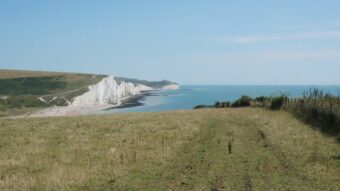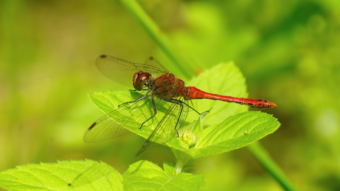The brief
Thomson Habitats was required to turn a 30 hectare area of open land into a receptor site for newts and reptiles. This extensive project formed part of our mitigation programme on the largest ecological project in Europe.
What we did
- As the area was known to have been bombed extensively in the past, we undertook desk studies and a field survey to determine the likelihood of coming across unexploded ordnance, and had a UXO banksman on site for the duration of the works.
- We constructed 24 ponds of varying designs with an average surface area of 250m2. We used a bentonite clay liner with a top soil cover. After the ponds had been filled, seven species of native aquatic plants were added. The ponds were soon populated with a variety of invertebrates.
- Over 12,500 trees of varying species were hand planted, log piles and hibernacula were created and existing vegetation is now re-colonising the disturbed soil.
- Stock fencing was erected to keep nearby cattle out of the site.
The outcome
For the next couple of years, Thomson Ecology conducted monitoring surveys of the area. Adult great crested newts were found in 22 of 24 ponds, and eggs in 23. This shows breeding activity in over 95% of the ponds and witnesses to the success of the translocation and habitat creation. Reptile monitoring continued; the initial signs being positive. The monitoring will continue for ten years for great crested newts and five years for reptiles.
-
DP WorldLocation
-
Thames Estuary
Services offeredLondon Gateway is a five star £1.5bn investment creating a new port and logistics park. Thomson's first class project management skills and knowledge of all the legislation have assisted us with keeping the programme on target.Simon Moore, CEO London Gateway, DP World -
Our other projects
We cover all aspects of environmental consultation – from smaller surveys through to strategic projects.

At Thomson, we strive to deliver a pragmatic and innovative approach to environmental compliance.
Working in partnership with our clients, our team of environmental specialists ensures objectives are met, with maximum efficiency for our clients, and minimal impact on the natural world.















